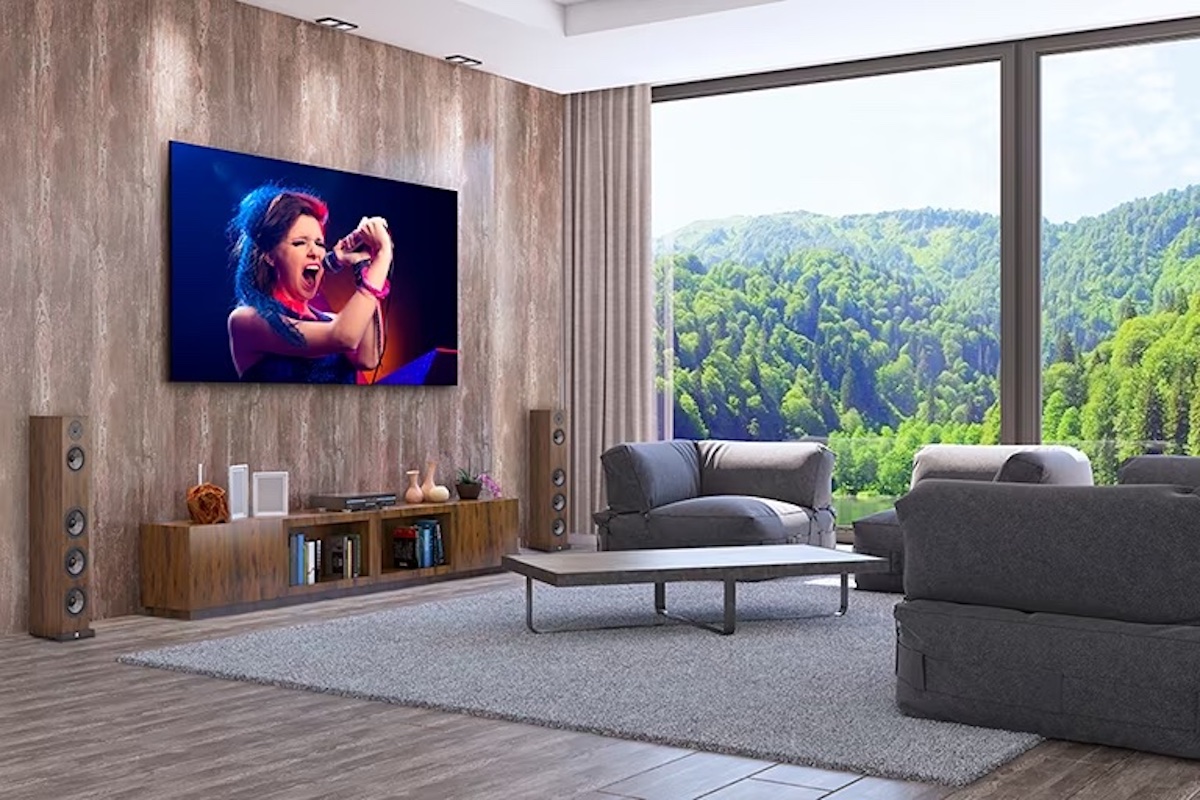
Choosing a pair of good home audio speakers isn’t always easy. Given the number of choices, the different specifications, and the differences in price between various models and brand names, it’s sometimes easy to get lost along the way. It’s even more challenging when choosing from a list of online options, where opportunities to test out the sound are more limited.
Even when listening in-store, no set of speakers will ever sound the same as they will in your own setup at home. Home audio speakers are highly affected by factors outside of those listed on a spec sheet, and there are many factors that will affect how they sound in an isolated room versus how they will perform in your home.
How to shop for a good home audio speaker
While it’s tempting to splash out on home audio speakers and buy everything you need in one go, it’s smart to keep your expectations in check. In my opinion, chasing the best home speaker setup is a lifelong hobby, and you shouldn’t be afraid to build up in incremental steps.
What do you take into consideration when shopping for a good home audio speaker? I have a few tips I can share to help you along the way.
1. Narrow down your speaker choices
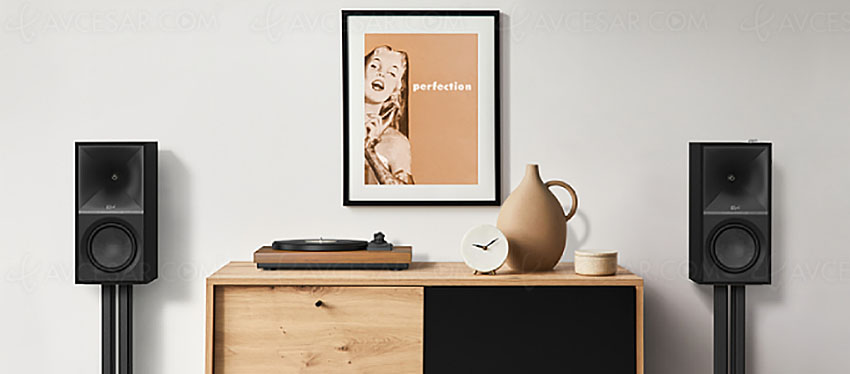
If you love vinyl playback or streaming audio, you’ll want to concentrate on a system that focuses on stereo reproduction. If you’re a movie fanatic, a multichannel Dolby Atmos setup may be your dream.
You have a few choices for home audio speakers. You can take a look at the home theatre speaker buying guide for more details on these speakers.
- Bookshelf speakers are small enough to fit on a bookshelf, but they offer a wide sound array that can fill the room
- Tower speakers, also known as floor speakers, offer a complete package of style and intense audio
- Centre channel speakers handle dialogue in movies and put you in the middle of your playlists
- In-wall speakers create a built surround sound system that covers every corner of your room
- Subwoofers bring the bass to every soundtrack and song
While speakers like these can also be used to create a home theatre system based around your TV, for the sake of this article, we’ll consider the person looking for a pair of good-quality home speakers used for stereo music listening.
Unlike battery-powered portables or even some speakers-in-a-box solutions, a good pair of home stereo speakers should last you a long time. The rest of your system may be upgraded, but a great pair of speakers can be what the rest of your setup is built around as technology or taste changes.
2. Size vs portability for home stereo speakers

One of the first things you might be surprised to learn is that bigger speakers aren’t always better. It’s true, larger speakers don’t necessarily mean bigger sound, and at times they sacrifice subtlety for grunt. Many people prefer smaller, more portable speakers that may sacrifice audio bliss in favour of other conveniences. When shopping it’s good to remember the size of the box doesn’t immediately correlate with the size of the performance you’re likely to experience.
Think about it this way; you’re not going to schlepp your floor-standing monster speakers poolside or to the beach. If you’re looking for portability, you’ll usually want to prioritize convenience over the quality of sound. If you’re focusing on the best sound, the options feel almost infinite, and you can’t simply look at a pair and know immediately how they’ll behave in your listening environment.
3. How much room do you have for your audio speakers?
How much space you have for your home speakers and where you’ll place them is an important consideration. The effect of the room on the sound of whatever you buy is massive, often trumping any technical consideration. It’s also one of the hardest problems to overcome.
In my opinion, if your space is too bare you’ll find the sound echo-y and unpleasant. If your room is too small and cluttered, you’ll be fighting against muffled sounds and the roll-off of key frequencies. If you’re playing back only at quiet volumes, many speakers sound anemic with significant signal roll-off, while others designed for more casual listening experiences falter if sent more bombastic signals.
4. Think about your ideal home audio layout
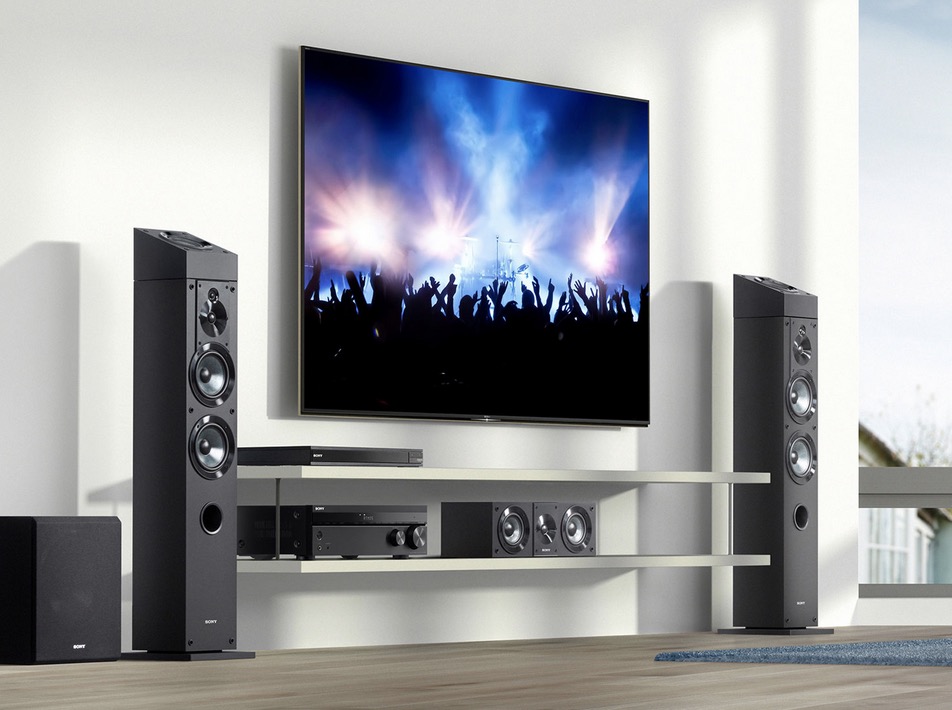
In an ideal room, you’ll have a rectangular space. The speakers are placed away from both sides and front walls, and your listening position is at equal distance to each speaker forming an equilateral triangle. Depending on the type of speaker, you’ll want to have them slightly angled towards you, or “toed in”.
Form an equilateral triangle with your speakers
This ideal layout may be fine for when you’re custom constructing a concert hall, but in real-world circumstances, not everybody will have a space to accommodate this layout. A good starting point is to form an equilateral triangle between you and the pair, with the same distance between each unit and your seating location right in the middle.
Place your bookshelf speakers on stands
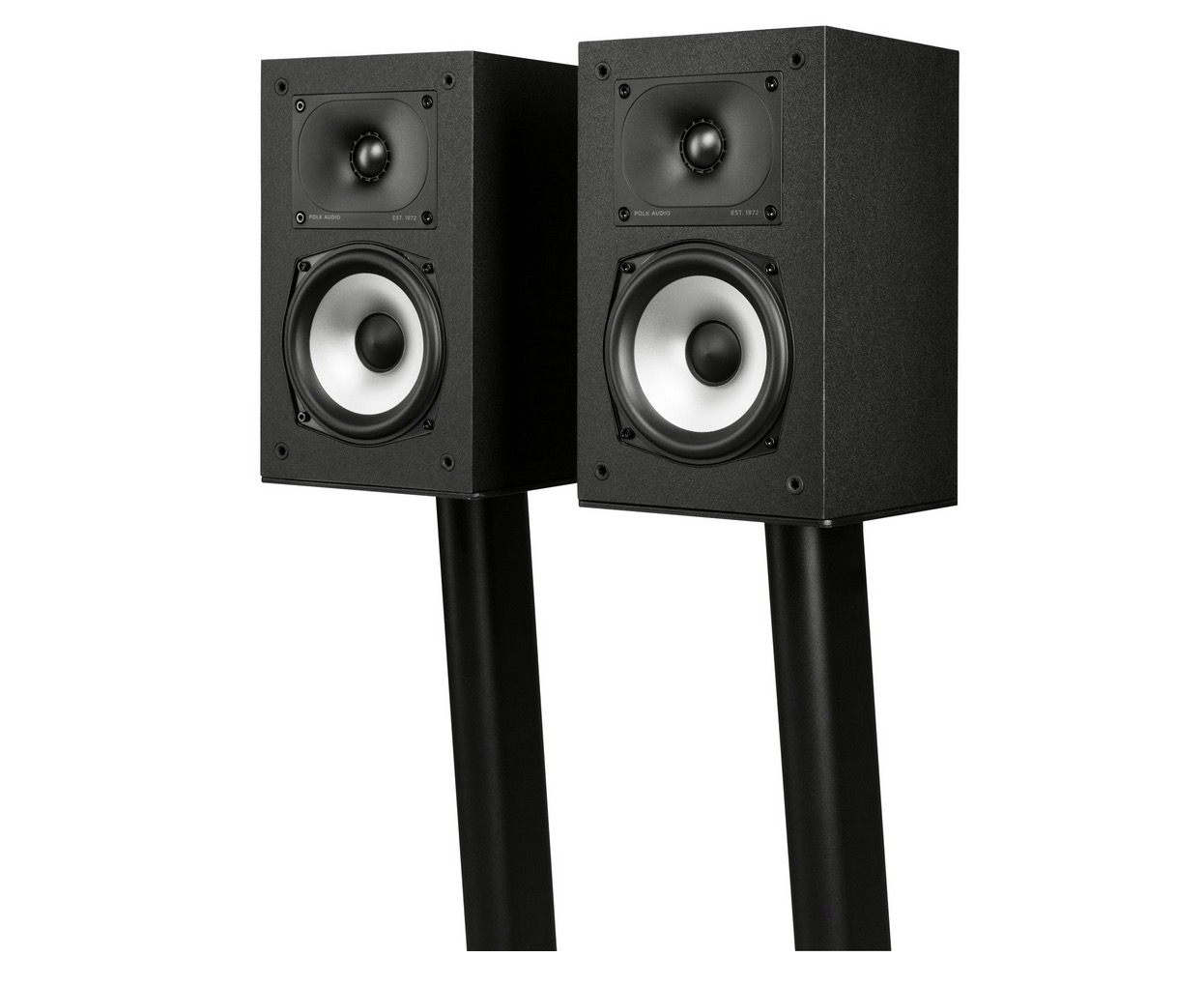
If you have bookshelf-sized speakers that are rear-ported, place them on stands a meter or so from the back and side walls and adjust them to your sweet spot listening position. For floor standers, make sure they too are a distance away from walls if possible, and only go that route if you’re able to play at volume decent enough to get the bass extension impact.
Consider a hybrid setup
Even those that do have to compromise with other considerations – for example, my setup is a hybrid between stereo and home theatre. As such my front speakers are far closer to the wall than I would do for a pure stereo setup, and my seating location is closer to my speakers than I’d like in order to be equidistant to the television set.
The key is to maximize the room as best as you can and to find equipment that works best in your particular setup.
Two things to keep in mind when placing your stereo speakers
There are two main things to keep in mind when setting up your stereo speakers.
1. Not all speakers are meant to sit against a flat wall
There can be complicated acoustic effects that occur when home audio speakers not designed to be against a flat wall are placed there. That wall can dramatically change the sound they produce. Others have been engineered exactly for this placement, making for true “bookshelf” speaker construction that sounds significantly better nestled against a flat surface than they do further into the room.
2. Keep the ports clear
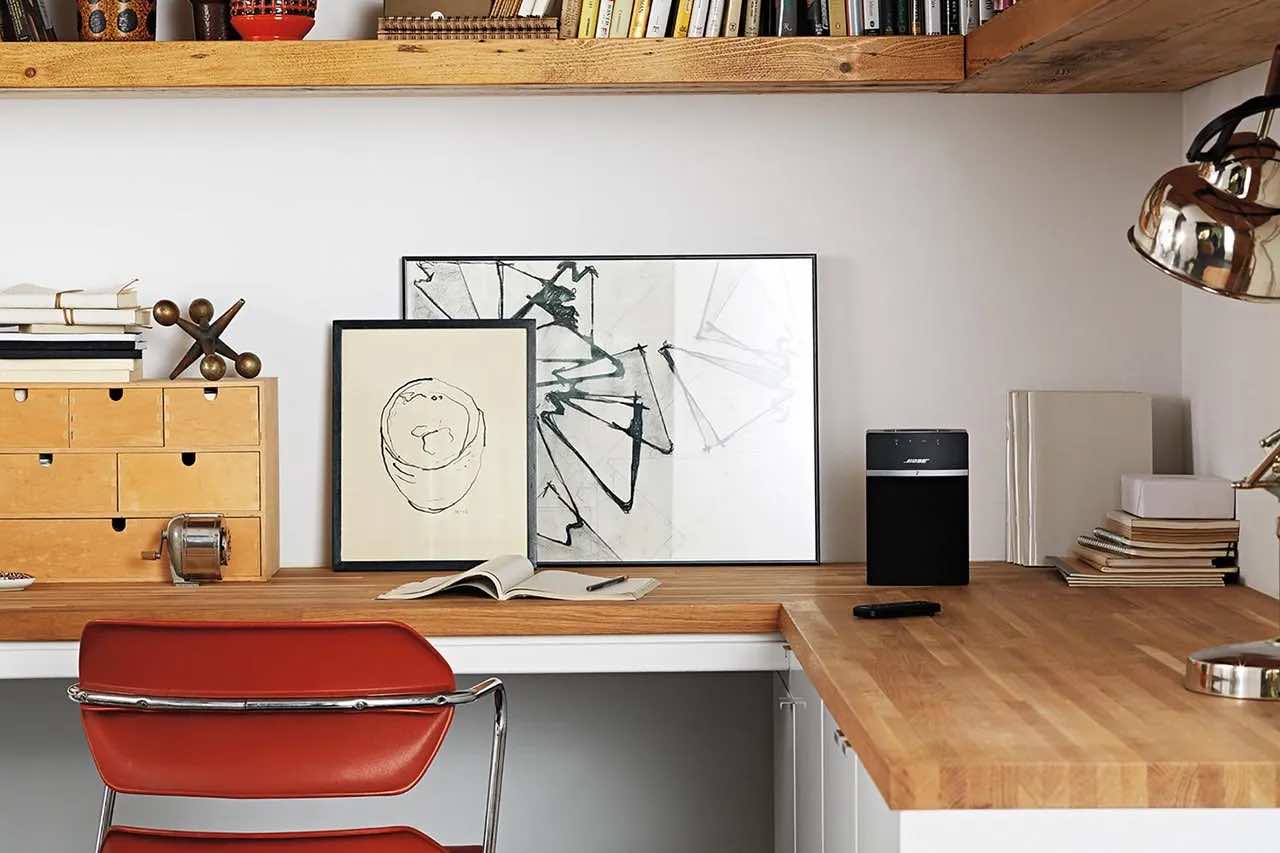
A speaker port is a small hole that allows air to escape and assists with the production of bass frequencies. You don’t want to thrust that model right against a wall, because if you did it would be the same as stuffing a sock into the bell of a trumpet. You’d literally choke off-key frequencies. On the other hand, if you place some speakers too far off the wall in a massive room, you’ll end up with meek sound.
Long story short, when it comes to stereo speakers you’ll use for listening to music, placement is the most critical consideration for whatever you purchase. Moving a good pair even millimetres in one direction or another, or angling slightly in one direction or other, can have a dramatic effect on the sound. Finding the right position via this kind of trial and error can be occasionally frustrating, but the end results can be positively blissful when you finally dial in the best of what your setup can produce.
Should you choose 2-way or 3-way speakers?
There are several components that drive sound from most modern speakers. A relatively simple model would be a 2-way speaker, consisting of a small tweeter driver for higher frequencies, often made of metal or other exotic hardened materials, and a woofer, usually made of paper, plastic or other similar flexible material.
Inside the speaker is a crossover circuit that takes the signal from your receiver/amplifier and filters the signal, splitting certain frequencies to one driver or the other. Larger models may have many more drivers, requiring more complicated crossover circuitry to ensure that each driver component is receiving the right amount of signal, and the blend between each element is done as perfectly as possible.
There are audible advantages for having more than two drivers to reproduce as much of the listening spectrum is desired, but a solid 2-way speaker will always trump a poorly engineered implantation of a 3-or-more driver setup. The more drivers there are, the more the system may require more powerful amplification to get the most out of the speakers, so this is another aspect to take into consideration.
Decide on your budget
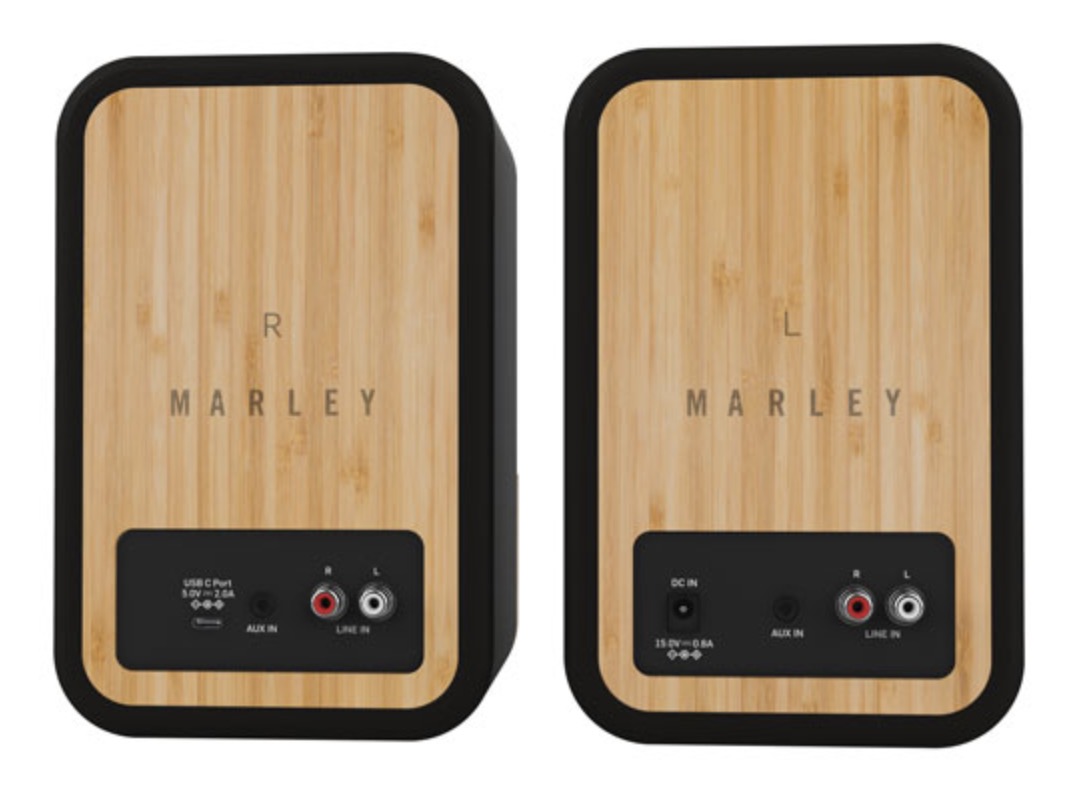 Budget is obviously a significant consideration, and for many, that will give a range of options to look at given a target price point. You’ll notice many major brands have target prices with similar offerings, which then comes down to choosing between similar devices. Given what makes up a speaker – the cabinet construction, the materials used for the drivers, the sonic characteristics of the crossover – there really is no one-size-fits-all solution.
Budget is obviously a significant consideration, and for many, that will give a range of options to look at given a target price point. You’ll notice many major brands have target prices with similar offerings, which then comes down to choosing between similar devices. Given what makes up a speaker – the cabinet construction, the materials used for the drivers, the sonic characteristics of the crossover – there really is no one-size-fits-all solution.
It’s a good idea to think of a good pair of speakers as a long-term investment. The rest of your setup may well grow in time around your speakers, but ideally, the set of home speakers you choose right now will remain consistent and provide you with the benchmark upon which all the other components are set to match.
Take the time to test your sound
Once you’ve selected your home speakers, make sure you have the time to truly get the most out of them. A test drive may be time-consuming, but there is truly no better way to see how they work within your existing system.
New speakers do often require a brief “break-in” period as the moving elements settle into their ideal operating window, so it takes at least a few days to really test how they sound. Have a friend help you adjust while you sit in the center spot, and then move back and forth, in and out, toe’d in or out, until you get that point where the speakers themselves disappear and all you’re left with is the music.
Find the right model for your setup and the music will simply feel “right”. You’ll have the added benefit of feeling the music going through your body as the air from the room helps you experience what you’re listening to.
Your goal: feel like the speakers disappear
The key to choosing your new stereo speakers is to be on the lookout for a speaker model that fits with your lifestyle, fits in your room, and gives the best performance possible within your setup. Do not be afraid to experiment, and do not be afraid to admit that a certain sound is preferable to you than another. The appreciation of the sound is a highly personal experience.
Once you’ve settled in, the speakers are in the right spot and things are as customized as can be, sit down and listen. You want to feel as though the speakers themselves disappear, so you don’t hear two boxes on left and right, but a wide, rich soundstage that draws you deeper into the music.
This disappearance is the greatest magic trick of any decent pair of speakers, and hopefully, with some patience, persistence and the ability to find the right space and right models that meet your budget, you’re gifted with the ability to simply sit back and listen. Listen to favourites and discover new tunes, check out genres you don’t often listen to and then crank up some that you’re already comfortable with. When you’re settled in, you’ve got years of enjoyment ahead of you.
Start your journey to the best home speaker set up at Best Buy.



